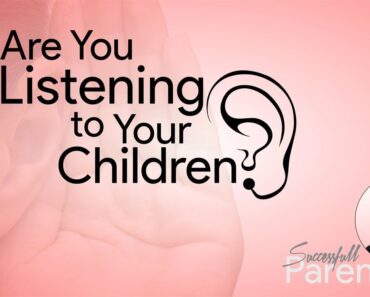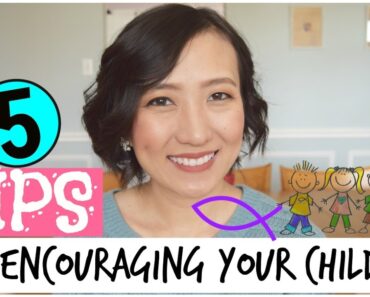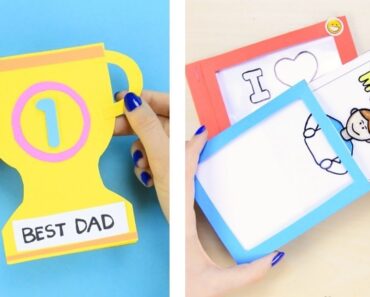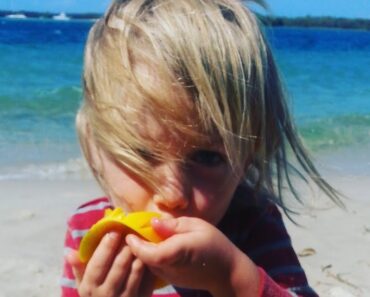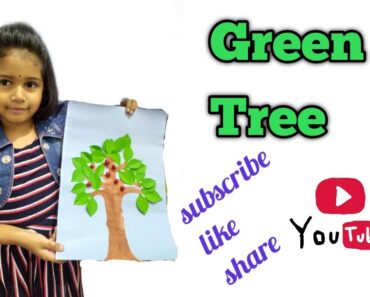Image: Shutterstock
One of the most fun things you could do is introduce your children to nature. From the air we breathe to the food we eat and the water we drink, nature provides us with everything we need to survive on this planet.
Plants play a crucial role on this planet. These green beings have a lot more to offer to your children than you can imagine.
In this post, we explain the main plant parts for kids and try to make science exciting for them. We also discuss the different types of plants around us and how they are critical to our existence on this planet.
Parts Of A Plant For Kids: A Beginner’s Guide
The two main parts of a plant include the root system and the shoot system. The root system consists of roots, root hair, legumes, rhizomes, and tubers. The shoot system is made up of the parts that are above the ground, such as the stem, leaves, flowers, and fruits.
Let us learn about each part in detail.
1. Root
A vital part of the plant, the root is at the bottom of a plant. It is generally not visible since it is mainly found below the ground. Roots spread out into the soil to absorb nutrients and water, which are then transferred to the other plant parts. Roots also help in keeping the plant steady by securing it firmly to the ground.
Fun fact: In some plants, the roots also store food and nutrients for future use.
2. Stem
The stem, a vital component of the shoot system in a plant, is an essential link between the root system and the upper parts of the plant. The stem carries nutrients from the roots to the leaves, which then prepare the plant’s food through photosynthesis. Once the leaves prepare the food, it’s distributed by the stem to all the plant parts.
Fun fact: The stem offers support to the plant body and keeps it from wilting. In some plants, such as the cactus, potato, and onion, the stems store food just like the roots!
3. Leaves
Leaves are flat and of different shapes. Leaves are the ‘chefs’ of a plant since they make food for the entire plant.
They capture energy from the sunlight and carbon dioxide from the air and combine them with the water and nutrients that the stem brings to them. Using these ingredients and a substance called ‘chlorophyll,’ which is already present in leaves, they carry out a process called photosynthesis and produce oxygen and glucose. Glucose is distributed by the stem to the other plant parts, and the oxygen is released into the atmosphere.
The ability of plants to trap carbon dioxide and release oxygen into the air makes them immensely beneficial to animals and humans.
Fun fact: Leaves have veins! If you take a close look at a leaf, you’ll notice them. These help with the movement of nutrients and water. Leaves also provide shade to the stems and roots and protect them from excessive sunlight.
4. Flowers
Besides being the most attractive parts of a plant, flowers help in propagation (reproduction of new plants) by producing new seeds. They have ‘male’ and ‘female’ parts called the stamen and pistil (carpel) respectively, located in the center of the flower.
Flowers also have petals, which are the colorful leaves, and the sepal, which provides support to the petals.
Fun Fact: Most flowers have a sweet fragrance and bright petals to attract insects and animals, which serve as pollinators. They help spread the pollen, the fine powder seen in flowers, from one flower to another. This leads to fertilization and results in seeds.
5. Fruit
All flowering plants produce fruits, but not all fruits are edible. Thus, you should educate your child about what they should not eat. The primary function of a fruit is to protect the seed/seeds from drying or being dispersed.
Some fruits are fleshy, while others are hard. And while some fruits have multiple seeds in them, others have just one seed.
Fun Fact: Most fruits are sweet to taste – this is also one of nature’s tricks to attract animals to the fruit. Once an animal or bird eats the fruit, the seed falls to the ground and grows into a plant!
6. Seed
The seed is a small hard substance found in a fruit or other parts of a non-flowering plant. Seeds need to get transported for them to germinate and grow into a plant. This process of propagation is carried out by the wind, insects, animals, and birds.
Fun Fact: The coconut is all three – a fruit, a nut, and a seed!
What Are Vegetables?
Like fruits, vegetables are also the end product of a plant. They are the edible parts of a plant that humans and animals can consume. A vegetable can be any part of a plant, such as the seed, root, stem, leaf, tuber, or even flower.
Fun Fact: Tomatoes are fruits! Until the late 1800s, they were considered vegetables because of the way they are used in cooking.
Xylem And Phloem
Plants have two different types of tissues called xylem and phloem, which serve different purposes. The xylem is responsible for carrying water and nutrients from the roots to the different parts of a plant, while the phloem carries nutrients from the leaves to all parts of the plant.
Just as humans have different body parts for various functions, plants have different parts that serve specific functions. These work together and help the plants flourish.
Teaching your children about plants and their benefits at a young age will help instill a love of nature in them. And to help your child learn more about plants and explain all the parts of a plant to them practically, indulge them in planting and gardening activities.

